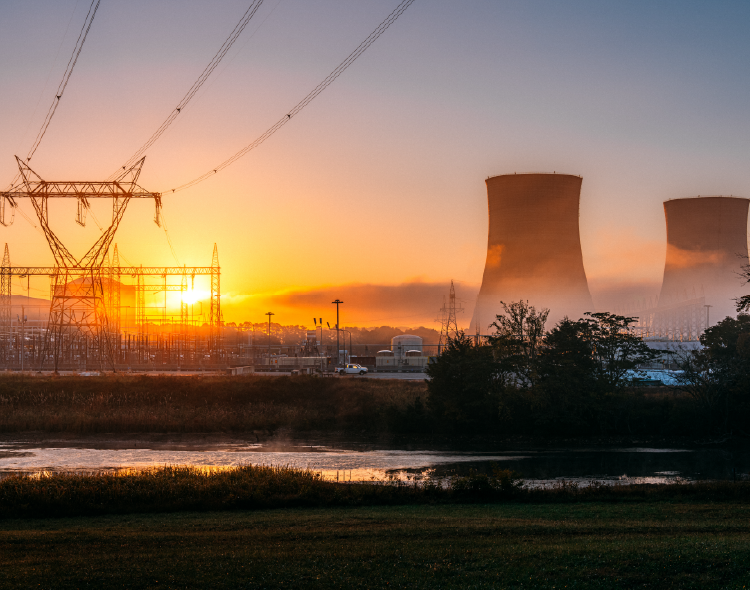Buffalo Business First
Read the Article

New York State’s emerging energy marketplace is a very complex puzzle that will increasingly touch almost every aspect of our lives. On the demand side, the push towards electrification of New York’s economy will create enormous demand for electric energy. Additionally, emerging industries and technologies, such as data centers to support artificial intelligence applications and the burgeoning semiconductor tech corridor across Upstate New York, present the potential for an enormous increase in energy demand. On the supply side, New York’s push toward renewable energy is creating new and expanded sources of energy, often intermittent in nature, that need to be absorbed into the energy marketplace. Lastly, the combination of increased demand and supply drives the need for massive investment in the state’s electric transmission and distribution systems. Given these fundamental supply and demand tensions in the energy marketplace, an “old” technology may be critical to a successful integration and alignment of increased demand and the need for significant expansion in supply while minimizing the need for investment in the transmission and distribution systems. That technology is nuclear energy.
Nuclear energy may play a keystone role in the complex puzzle of energy supply, demand and transmission in New York. Before dismissing nuclear energy out of hand, it is important to understand what nuclear energy is today. It is not the large reactors of the 1960s and 1970s. Today, nuclear energy can be deployed as small modular reactors (SMRs), which take up much less space. According to World Nuclear Association, a 350-megawatt nuclear system requires approximately 17 acres, while a similarly sized solar project requires over 1,500 acres.
Nuclear energy can provide large quantities of base load energy to the system, which is critical to managing intermittent renewable energy sources while maintaining energy quality and cost-effectiveness. Applications such as data centers and semiconductor manufacturing require enormous amounts of high-quality energy. Nuclear energy, when paired with these types of applications, can provide a number of significant benefits. One benefit is co-location, which allows a large energy consumer to match up with a large energy producer. We are seeing aspects of these types of relationships already starting. Co-location of demand and supply can be accomplished in a way that offsets at least some of the need for enormous investments in the state’s transmission and distribution system, which is necessitated when demand is served by numerous intermittent sources located many miles away. For example, a very large data center or semiconductor manufacturer could easily utilize 350 megawatts of energy in its operations. With the newer SMR nuclear technology, it is much easier to co-locate supply with demand.
There needs to be a robust dialogue regarding the potential benefits and costs associated with nuclear energy. There is no perfect solution. Given the recent technological developments, nuclear energy is likely a necessity for New York State to grow its economy while attaining its aggressive goals under the Climate Leadership and Community Protection Act.
David P. Flynn, partner and co-team leader of Phillips Lytle’s Energy and Renewables Industry Team, focuses his practice on energy, environmental law and emerging technologies. He can be reached at 716-847-5473 or dflynn@phillipslytle.com.
Receive firm communications, legal news and industry alerts delivered to your inbox.
Subscribe Now